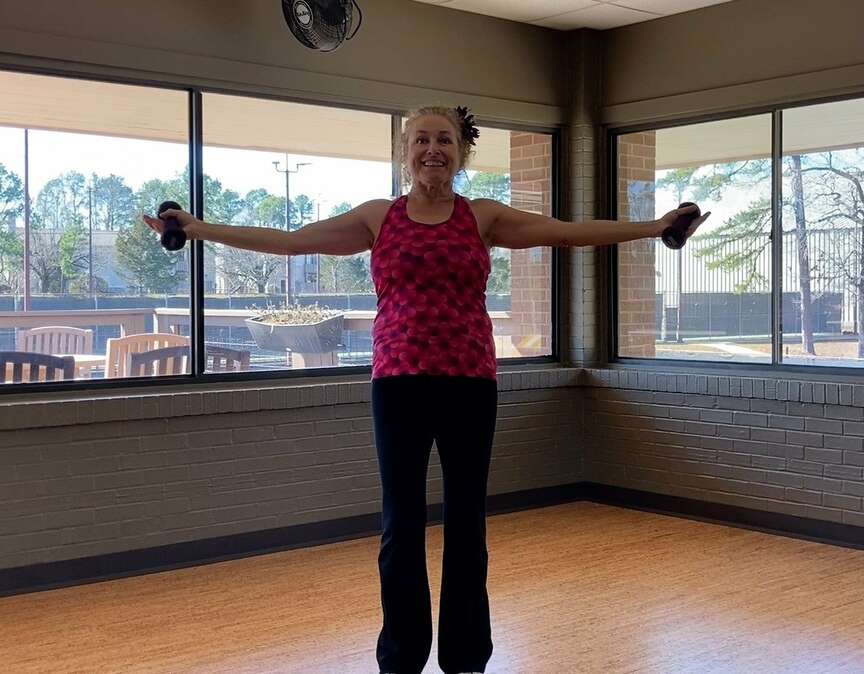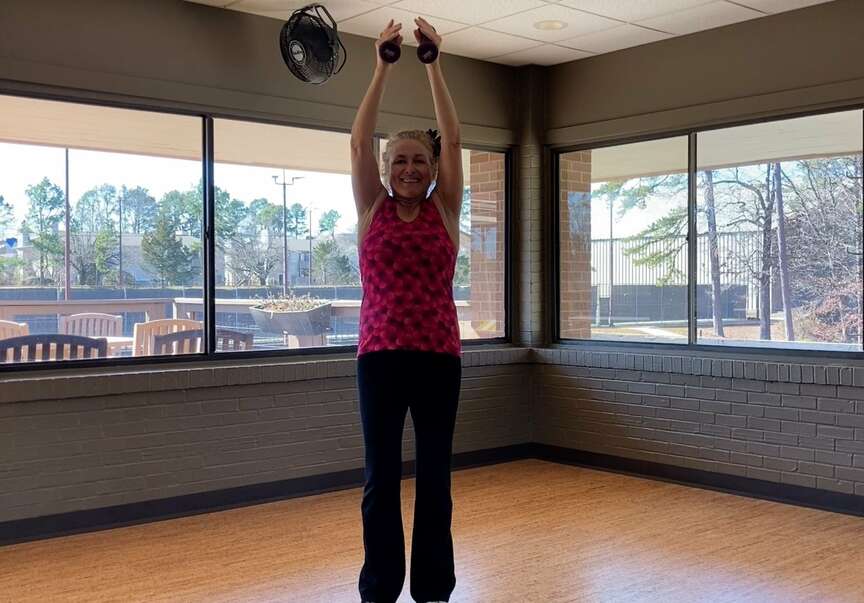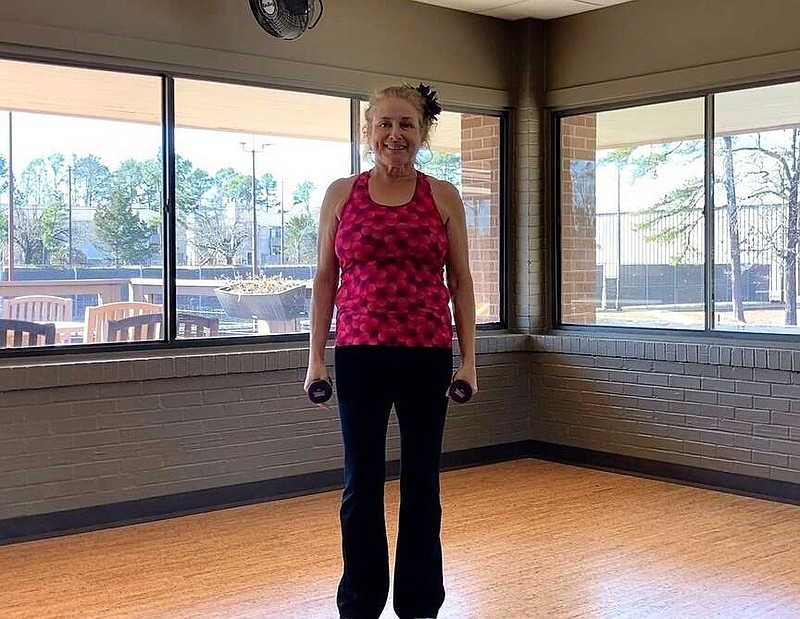Joint health is not often discussed in the broad category of fitness and wellness until a certain age. It is often taken for granted until an injury, arthritis, or general aging creates discomfort that's impossible to ignore. This week, I'll address some keys for maintaining joint health later in life and will introduce an exercise designed specifically for that purpose.
This week, I was on a plane to San Jose, Calif., and sat next to a retired nurse who worked 25 years in a neonatal intensive care unit (NICU) at one hospital. She spent the better part of those 25 years on her feet -- helping little humans in their first few months of life. We had a wonderful conversation about health care until our plane touched down in San Jose.
When it was time to deplane, I noticed she had trouble standing up. She needed to use the support of her armrest and the seat in front of her to pull herself to her feet. I asked if she had hip problems and she indicated that arthritis was the culprit. She's certain that her job had much to do with that outcome and suggested she may need a hip replacement soon.
We talked a little more on our way out and wished each other well. After I got to my hotel, I thought a lot about our conversation and how much daily activity patterns influence the type of musculoskeletal issues that appear later in life -- specifically joint pain. Farmers, truck drivers, nurses and construction workers are just a few of the many occupations that may be at greater risk for developing joint pain and/or dysfunction later in life.
Whether it's hip, knee or shoulder dysfunction, joint pain often appears when one least expects it. The good news is that there are exercises that can help. Ideally, these exercises are performed earlier in life, which will reduce the wear and tear on key joint structures.
This week's exercise is, of course, designed to improve joint integrity. The Rotating Shoulder Raise is a great way to add dynamic strength in the upper body throughout a full range of motion.
1. Select a light pair of dumbbells and sit in an upright exercise bench (or chair).
2. Holding one dumbbell in each hand, allow your arms to extend normally by your sides. Your palms should be facing inward toward your body.
3. From here, slowly raise the dumbbells to the side with a normal lateral raise motion.
4. Continue raising until your arms are parallel with the shoulders and your body forms a "T."
5. Now, rotate your wrists so that your thumbs are facing up toward the sky.
6. Continue raising your arms all the way up until the dumbbells meet right over your head.
7. Slowly reverse this process until you're back at the starting position.
8. Perform 2 sets of 12.
The Rotating Shoulder Raise is perfect for maintaining overhead strength. Reaching to the high shelf in the kitchen, lifting boxes down from storage and other daily tasks are made easier with shoulder strength. While it may not totally prevent joint pain later in life, it's an exercise that can certainly improve functionality. So, let's get to work!
 In this second of three photos, Anna Swallow demonstrates the Rotating Shoulder Raise for Matt Parrott's Master Class column. (Arkansas Democrat-Gazette/Kimberly Dishongh)
In this second of three photos, Anna Swallow demonstrates the Rotating Shoulder Raise for Matt Parrott's Master Class column. (Arkansas Democrat-Gazette/Kimberly Dishongh)
 In this third of three photos, Anna Swallow demonstrates the Rotating Shoulder Raise for Matt Parrott's Master Class column. (Arkansas Democrat-Gazette/Kimberly Dishongh)
In this third of three photos, Anna Swallow demonstrates the Rotating Shoulder Raise for Matt Parrott's Master Class column. (Arkansas Democrat-Gazette/Kimberly Dishongh)
Director of business development and population health solutions for Quest Diagnostics, Matt Parrott began this column Jan. 6, 2003, at Little Rock. He loves to hear from readers. Write to him at: [email protected]

